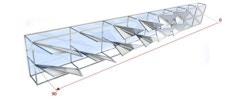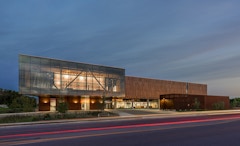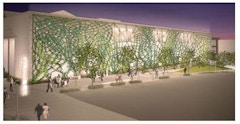Facade Embodied Carbon Reduction Strategies
Facades are increasingly being recognized as a major contributor to whole-building embodied carbon. While designers know how to reduce the embodied
Facades are increasingly being recognized as a major contributor to whole-building embodied carbon. While designers know how to reduce the embodied

Case study of the recently opened John A. Paulson Center for New York University in Manhattan reviews design solutions of façade depth and scale to


This study focuses on experiments in kinetics and architectural skins. More extensively, it introduces a solution for environmental design issues and

Traditional approach for engineering the facade is building an isolated analysis model. However, it inhibits a dynamic design process where

This case study focuses on the solutions provided for the Bell Museum at the University of Minnesota. Our design team worked with the client to

A Catmull-Clark algorithm (used in 3D computer graphics for smoothing polygon surfaces) was used to create a unique design for an over 208ft by 30ft


This paper discusses façade resilience and presents a novel qualitative evaluation framework that assesses potential risks associated with façade design and suggests way of reducing such design risk in a climate change scenario. Authors Fabio Favoino, Adèle Chalumeau, and Audrey Aquaronne.